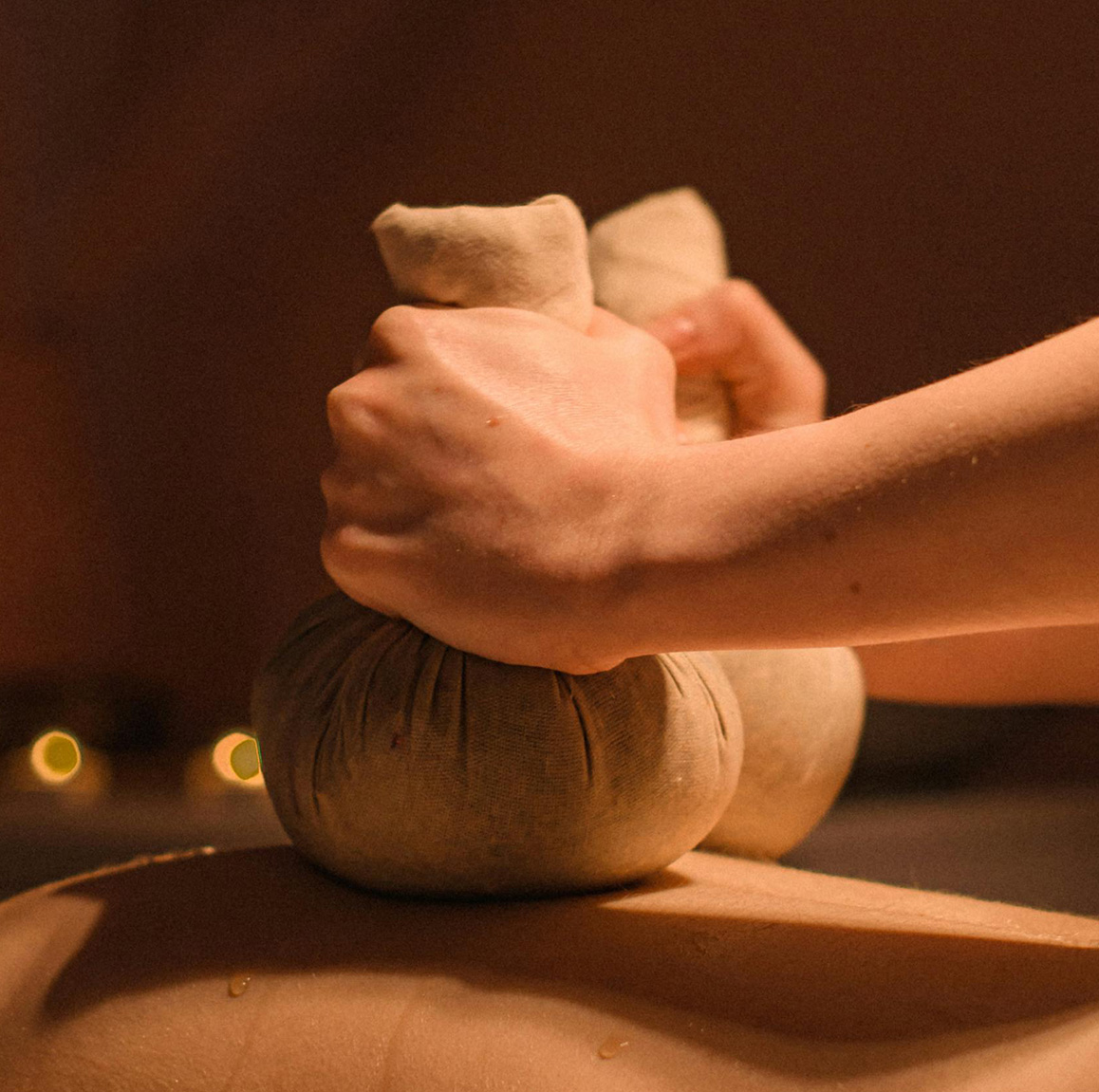1.Introduction
2.Understanding Warm Compress
3.Dry Warm Compress
4.Warm Wet Compress
5.When to Use Warm Wet Compress
6.When Not to Use Warm Wet Compress
7.Conclusion
Introduction
Warm compress stands among the most popular treatment approaches patients use for managing pain along with muscle tension. Applying simple warm compress functions as an effective treatment option for managing muscle pain combined with stiffness and medical illnesses. The primary question persists regarding wet or dry composition requirements for warm compresses. The required wetness depends on the compress option and people need to differentiate between wet and dry heating techniques and their respective effectiveness scenarios.
Understanding Warm Compress
A warm compress constitutes local heating that helps both infection recovery and minimizes swelling while providing pain relief. The warm compress selection includes two categories that comprise wet warm compresses and dry warm compresses. Different warm methods perform their functions in various ways since each warm treatment method includes particular benefits and challenges.
Dry Warm Compress
Dry warm compress explains the method which delivers heat by eliminating moisture from the procedure. Users can generate dry heat treatments from heating pads, warm packs as well as traditional hot water bottles. The method of dry warm promotes skin temperature elevation which allows blood vessels to enlarge and direct blood to the affected site. The warm compress relaxes tight muscles while alleviating painful symptoms that occur with muscle strains as well as arthritis-related pain and menstrual cramps.
Advantages of Dry Warm Compress
1.Dry warm compress products grant users immediate application with portability since they need no preparation and generate no cleaning waste. The target area requires application of heated pads or hot water bottles directly after warming.
2.The absence of moisture in dry warm makes it maintain its heat for an extended period. You can use your heating pad for an extended amount of time since the heat persists without quick reduction.
3.Individuals who have sensitive skin will likely benefit from dry warm over a wet compress since it induces fewer skin irritations.
Limitations of Dry Warm
1.The deep tissues often resist feeling the penetrating effects of dry warm because the heat fails to penetrate below the surface of the skin adequately. The treatment effect may be decreased because dry heat struggles to penetrate deep tissue effectively.
2.Dry warm exposes the skin to significant dehydration which results in skin drying down until it becomes raw if heating time exceeds safe thresholds.


The procedure of applying heated moisture to the affected area through a compress system makes up a wet heat compress method. You can apply this treatment through a hot water-soaked cloth and similar heating devices exist as non-medical steam packs. Wet heat lets heat reach deeper tissues effectively thus serving useful functions for treating tissue conditions requiring deep relief. Wet heat serves as an effective method to enhance blood circulation while simultaneously reducing both muscle spasms along with stiffness.
Advantages of Warm Wet
1.The combination of warm and moisture allows penetration to reach deep muscle layers together with joint areas which proves helpful for treating deep muscle pain and chronic arthritis instances.
2.Warm sun-heated materials offer two advantages: they both maintain skin hydration and avoid dryness problems frequently caused by hot heat. The tissues receive relaxation benefits with this method.
3.Wet warm delivers comfort and soothing effects particularly through steam or soft warm towels which give gentle contact to the skin.
Limitations of Warm Wet
1.The application of wet warm compresses disturbs hygiene because they become messy and hard to control. The proper heating of the cloth and constant adjust of its position are essential to maintain. Additionally the pack releases some moisture and requires regular replacement.
2.The duration of wet warm compress effectiveness is reduced when the compresses are exposed to air since they lose their warm more quickly than dry heat if properly contained.
3.Sensitive skin types may develop irritations because of the wetness contained in compresses particularly when the application time is long or when the water is too hot.
When to Use Warm Wet Compress
The effectiveness of wet warm compress depend on proper timing of their application. Wet warm compress should be used for treating intense muscle tension together with deep-seated stiffness or pain.
Long-term muscle tension and injuries benefit from wet warm compress applications because they help relax chronically tight muscles.
A hot towel generating moisture alleviates inflammation in joints through rheumatoid arthritis or osteoarthritis.
Wet warm compress particularly steam serves as a powerful remedy for nasal congestion since it improves sinus pressure while unblocking congested passages.
Wet warm compresses offer better pain relief for menstruation cramps through their penetrating therapeutic properties.
When Not to Use Warm Wet Compress
The effectiveness of wet warm as treatment stems from its wide application but there are situations which need alternative measures. A wet warm compress should never be applied under these medical conditions:
Wet warm compress should not be applied to fresh injuries such as sprains, strains or bruises since it will promote swelling and inflammation. Cold compress and ice packs receive preference from doctors for initial injury treatment during the first 48 hours.
Skin sensitivity poses a problem since moisture and heat treatment tends to worsen delicate or eczema or dermatitis skin.
Wet warm compress must avoid open wounds because the liquid presents a risk of infection that increases when bacteria multiply.
At temperatures above normal the application of heat to fever-infected areas can lead to a dangerous increase in body temperature.
Conclusion
The requirement for a warm compress to be wet exists only as an option and not as a necessity. Choice between dry or wet warm compress belongs to both the medical condition and your personal preference. Dry warm compress applications provide an easy solution for general muscle relaxation together with relief from minor pains. For treating deep tissue penetration and persistent pain and congestion as well as muscle stiffness wet warm serves as the preferred option.
You need to determine the appropriate heat condition between wet or dry to achieve maximum therapeutic outcomes. Seek healthcare professional advice for determining the right compress type because they will create recommendations based on your symptoms along with your specific needs.

